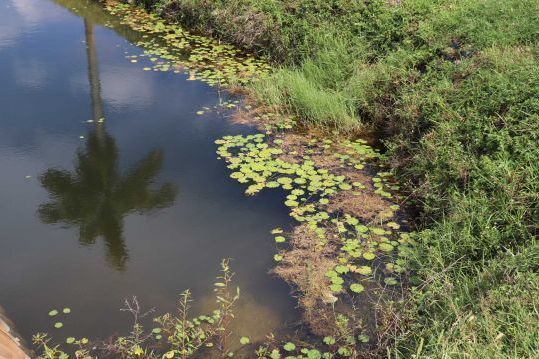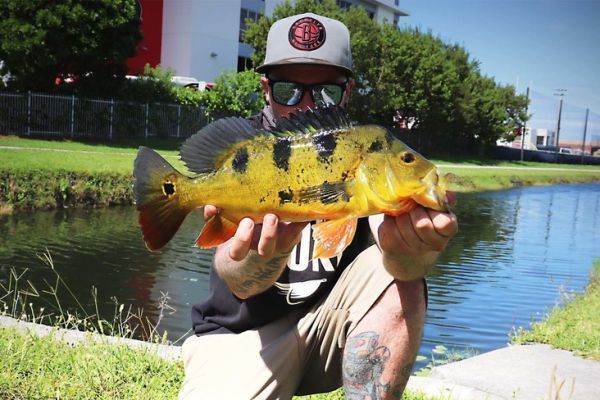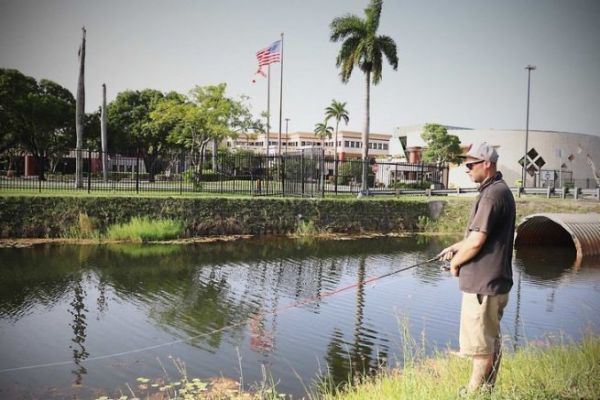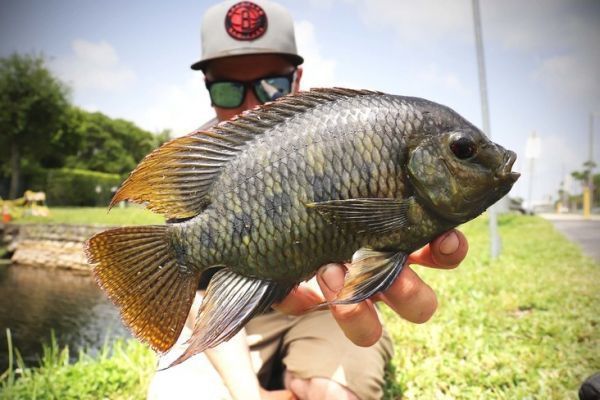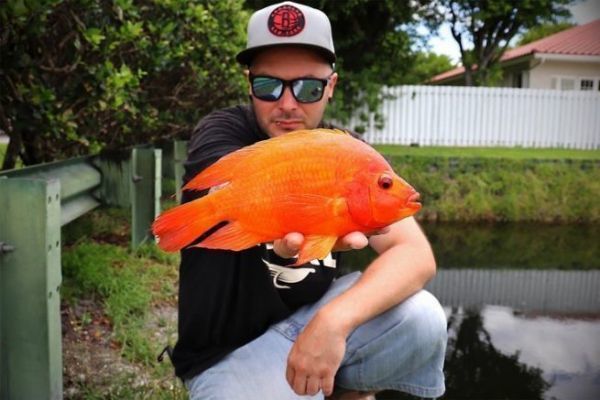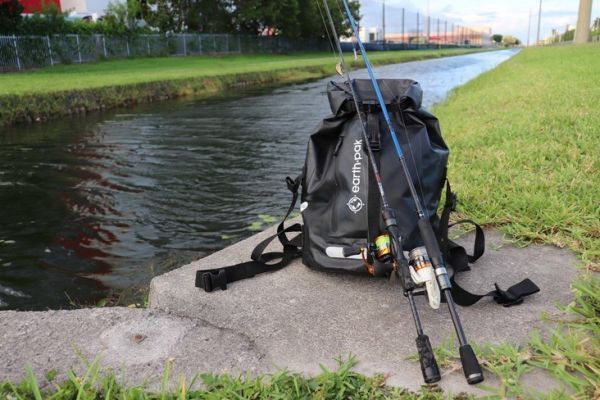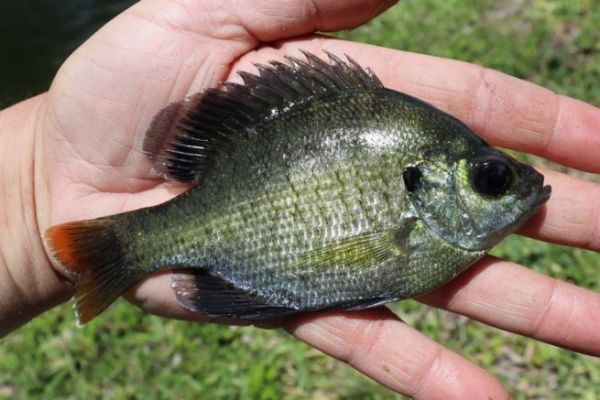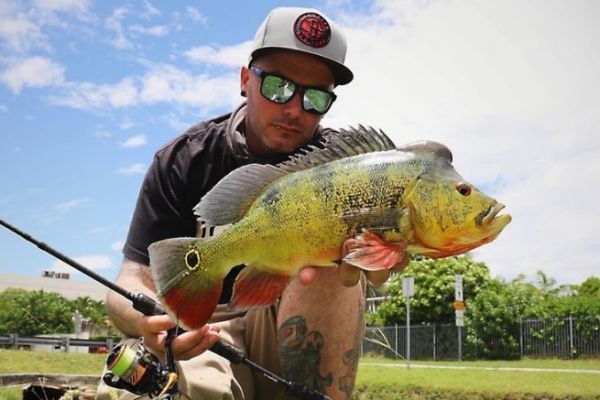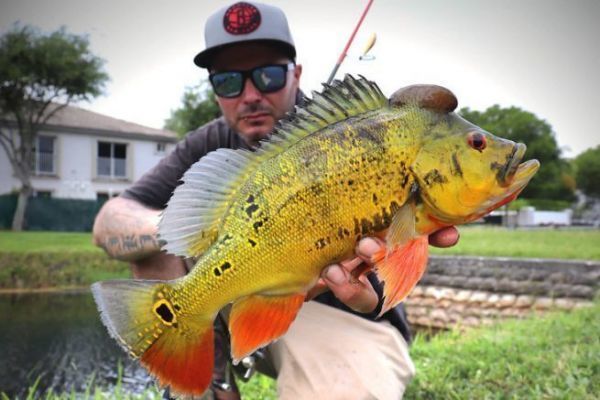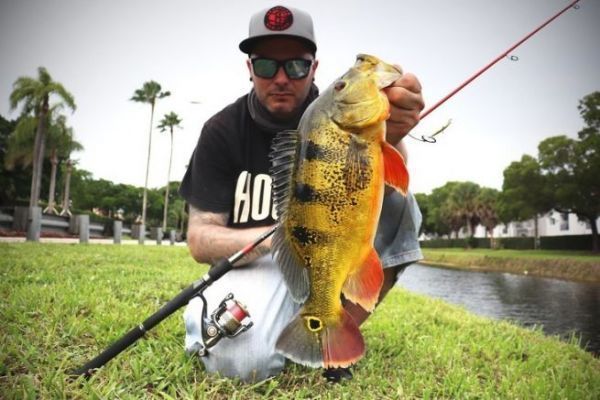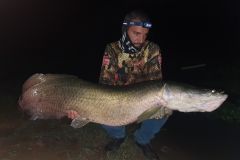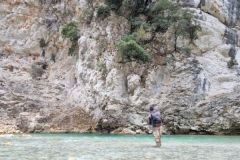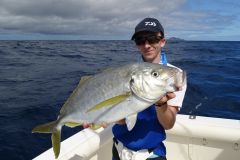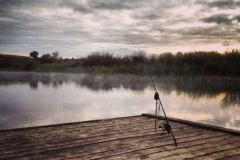Rod/reel
An ultra-light rod, with a power range from 1 to 8 grams, is ideal for Cichlids and small species in the Miami canals. Since hard lures are the most effective, it's best to go for a model with a fast or moderate fast action.

As far as the reel is concerned, there's nothing special to consider, except that a slow ratio should be prioritized. You don't need a lot of drag, as you're dealing with fish that fight very well, but mostly tread water, rather than fish that run at full speed in the opposite direction. A size 2000 or 2500 is therefore more than sufficient, especially as the lightness of the rod must be kept in mind. The main thing is to have a good, solid, very solid line!

Indeed, even if you're dealing with small fish, the fighting spirit of some of them is impressive compared to their smaller size, so it's best to bring along a strong line. What's more, if you come across a nice peacock-bass, it would be a shame not to fish for it, so you need to take every chance you can!
Braid/towel
As a result, a 12 to 15 lb braid is the minimum that can be considered. Because of this constraint, the use of nylon is not recommended.
You also need a strong enough leader, on one side to resist rubbing against stones or vegetation, on the other to be capable of dropping fish. To finish the line, a 15-pound fluorocarbon is ideal. It offers the right compromise between strength and flexibility needed to handle small lures.
Finally, to attach the lure you can use a staple, but tying a knot is much more reliable, so I recommend this second option.
In addition to a rod, you don't need much extra equipment. A few lures in small boxes, a pair of pliers, some thread to make new leaders and you're ready for action!
It's a fishery that requires very little equipment, which is ideal if, for example, fishing isn't the primary objective of a visit to Florida. What's more, the equipment used for city fishing in France is perfectly suitable.

 /
/ 

